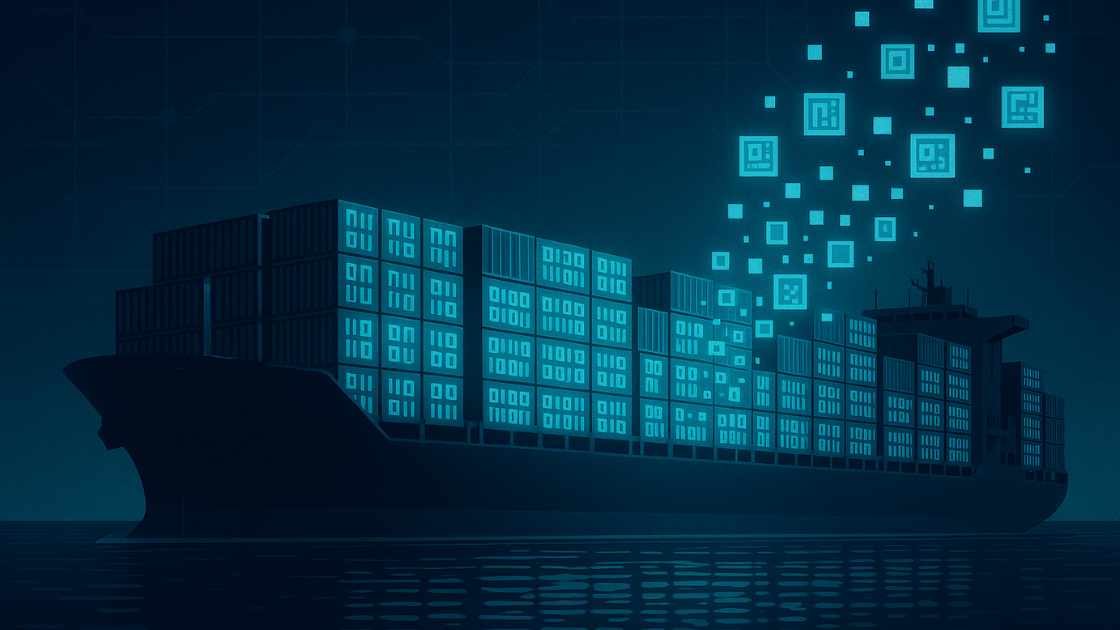
Web3’s second act
Do you remember when Web3 was everywhere? Facebook even renamed itself Meta to prepare for a future where the metaverse would replace the browser. The hype was deafening but tokens, NFTs and grand promises quickly collapsed into speculation, and millions vanished as the value of virtual property evaporated.
The Web3 bubble burst spectacularly. Virtual assets were wiped out, the metaverse all but abandoned, and the crypto crash ended most blockchain projects. Yet from those ashes, one winner emerged: the GPU. Once promoted by Zuckerberg as the engine of the metaverse, it instead became the foundation of GenAI, propelling NVIDIA to a stratospheric valuation.
Yet Web3 itself never died. Its essence of embedding value into the web survived the wreckage. The first wave collapsed into a token-fuelled gold rush, but the silence that followed opened the door to something more durable. Instead of banning digital assets, regulators have begun approving stablecoins, and that makes all the difference.
Stablecoins are different from the early cryptocurrencies that rose and fell with every rumour. Pegged to major currencies, they hold their value, making them usable as digital cash: predictable, transferable and programmable.
Regulatory frameworks are already in place in Europe, Singapore, Japan, Hong Kong and parts of the US. This is no longer fringe experimentation but financial infrastructure with official approval.
The first and most obvious use for stablecoins is cross-border settlement. Payments that once took hours or even days through SWIFT can now be near instant. Treasury flows are already being piloted at scale.
Ant International’s Whale platform, for example, has run intra-group FX and settlement tests with banks such as Standard Chartered and DBS, within Singapore’s Project Guardian tokenisation work. It has also integrated J.P. Morgan’s Kinexys for multi-currency flows. These pilots show how global payments can move faster and with fewer intermediaries than today’s systems allow.
The savings are significant. Deloitte estimates that streamlining cross-border payments could free up around US$50 billion a year by 2030. Platforms such as Whale prove that the efficiency gains are real.
But efficiency alone will not redefine global trade. The greater opportunity lies beyond lower fees, in creating new forms of value by tokenising physical and digital assets and enabling their rapid exchange.
Shaving fees from cross-border payments is worthwhile, but hardly transformational. The real opportunity lies in building innovative products that tokenise physical and digital assets and allow value to move in dynamic new ways.
The breakthrough is tokenisation. Assets ranging from iron ore to carbon credits can be represented digitally and exchanged in ways that were not possible before. They may be fractionally owned, bundled or traded instantly, with stablecoins providing the money leg that gives these markets stability.
Tokenisation also allows supply chains to be re-imagined. A shipment of iron ore, for example, could be recorded as a digital asset carrying details of origin, quality and ownership. It could be split into fractions and sold forward to multiple buyers, or bundled with logistics contracts and insurance into a single tradeable unit. Inventory finance, risk management and delivery contracts could then move at the speed of digital markets rather than through weeks of paper reconciliation.
This logic applies beyond commodities. Intellectual property offers another powerful example. Music rights, patents or digital artworks could be tokenised, allowing creators to sell fractional stakes, bundle rights with distribution agreements, or trade them instantly in secondary markets. This opens new ways to finance creativity and innovation, while giving investors access to assets that were once illiquid.
It is important to note, however, that distributed ledger technology (DLT), of which blockchain is the best-known example, is not a universal solution. For high-volume consumer transactions, such as retail payments or e-commerce checkouts, conventional platform databases remain faster, cheaper and more efficient.
DLT, bundled into Web3, comes into its own where transactions are complex, involve multiple parties, and need to carry rich data about ownership, rights or obligations. In those dynamic but lower-volume settings, the distributed nature of the ledger provides trust and transparency that traditional systems cannot easily deliver.
This is more than an efficiency gain. It is the foundation for a dynamic exchange of value that could underpin entirely new markets. This is what Web3 was always meant to be, the only remaining question is whether the Web3 brand needs a refresh!